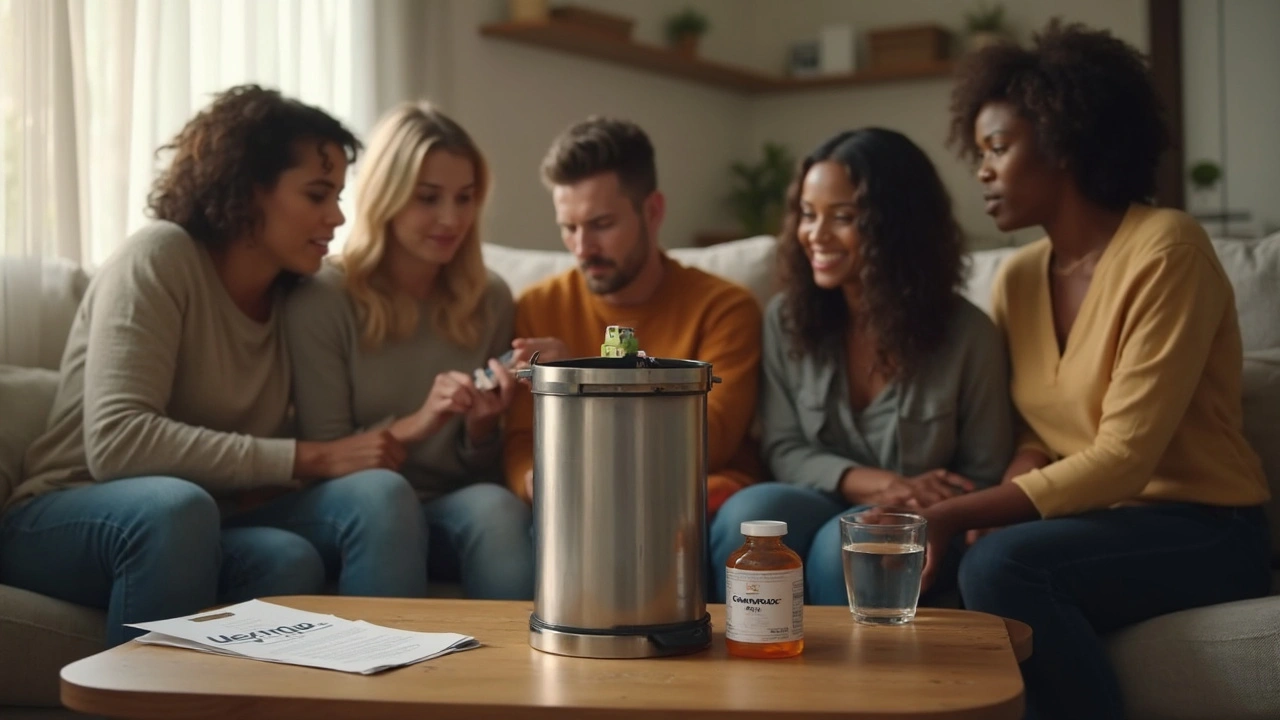Quit Smoking Medication: What Works and How to Use It
If you’re ready to quit cigarettes, the right medication can make the difference between a quick relapse and lasting success. Below you’ll find the most common quit‑smoking meds, a quick rundown of how they help, and practical tips to get the best results.
Top Types of Quit‑Smoking Medication
Nicotine Replacement Therapy (NRT) includes patches, gum, lozenges, inhalers, and nasal sprays. They give you a low, steady dose of nicotine so you can dodge the intense cravings while your body weans off the habit. Start with a dose that matches how much you smoke and drop it gradually over weeks.
Varenicline (Chantix) is a prescription pill that blocks nicotine receptors in the brain. It reduces the pleasure you get from smoking and eases withdrawal symptoms. Most people take it for 12 weeks, starting a week before the quit date.
Bupropion (Zyban) is another prescription option. Originally an antidepressant, it also lifts dopamine levels, which helps curb cravings. Take it for 7‑10 days before your quit day and keep it for about 12 weeks.
Choosing the Right Medication for You
First, think about how much you smoke. Heavy smokers often need a combination of NRT (like a patch plus gum) or a prescription drug plus NRT. Light smokers may do fine with just a gum or lozenge.
Next, check for health issues. Varenicline can cause vivid dreams or mood changes, so if you have a history of depression, discuss alternatives with your doctor. Bupropion isn’t recommended if you’ve had seizures.
Insurance coverage matters, too. Many plans cover NRT and prescription meds, but the exact product may vary. Call your pharmacy to see what’s on the formulary and whether a generic version is available.
Finally, think about your routine. If you travel a lot, a patch is easy to carry. If you hate the feeling of a patch on your skin, gum or lozenges might fit better.
Talk to a pharmacist or doctor, list your smoking habits, health history, and budget, and ask for a personalized plan.
Tips to Maximize Success
- Set a clear quit date and start the medication according to the schedule (most start a week before).
- Pair the medication with counseling or a quit‑line. A short call or text support can double your chances.
- Track cravings in a notebook. Seeing patterns helps you plan when you’ll need an extra gum or a short break.
- Stay busy. Exercise, hobbies, or even a quick walk can distract you when a craving hits.
- Watch for side effects. If you get a rash from a patch or intense mood swings from varenicline, call your provider right away.
Remember, quitting isn’t a straight line. Slip-ups happen, but they don’t erase progress. If you smoke a cigarette, get back on the medication schedule and keep moving forward.
With the right medication, a solid plan, and a little support, you can break the nicotine habit and stay smoke‑free for good.
-
26
Get the real story on Champix, the stop smoking pill, how it works, side effects, and tips for quitting. Find out what to expect and if it's the right choice for you.

